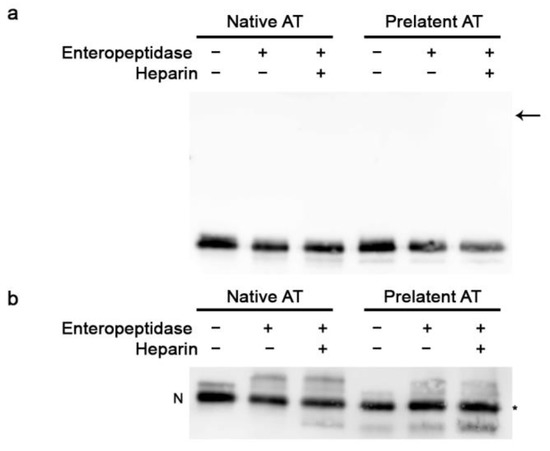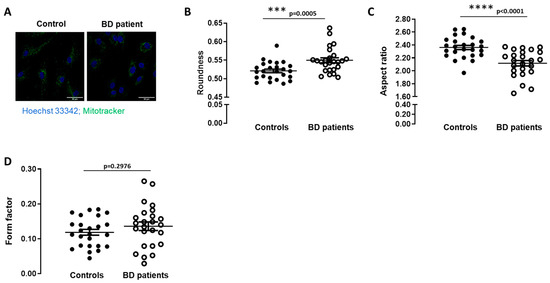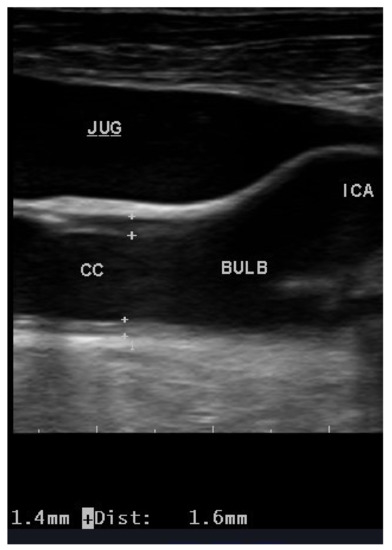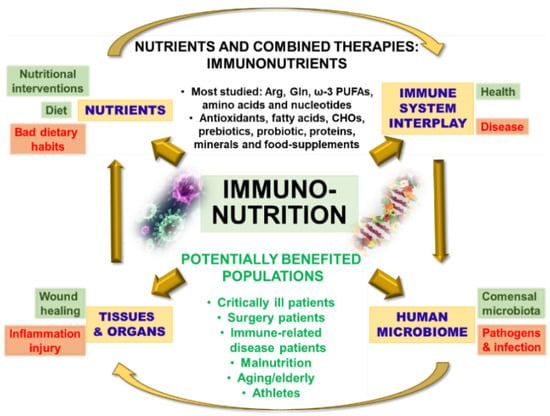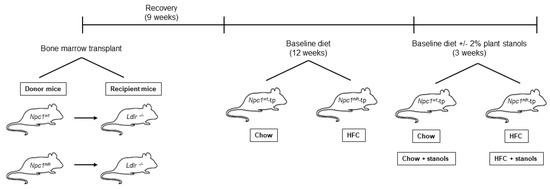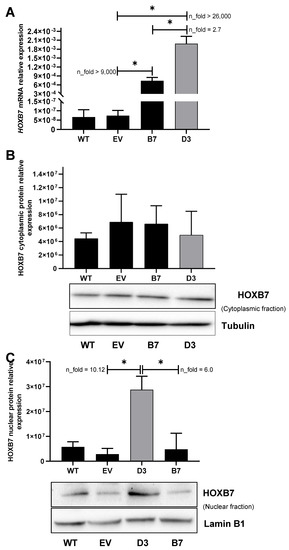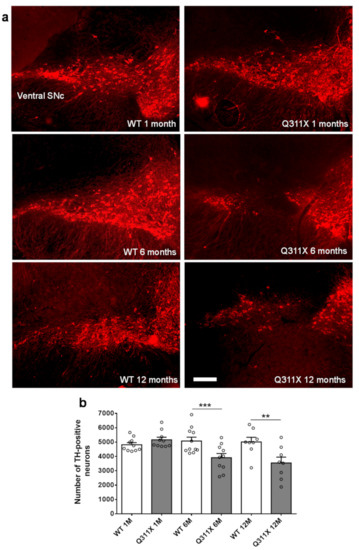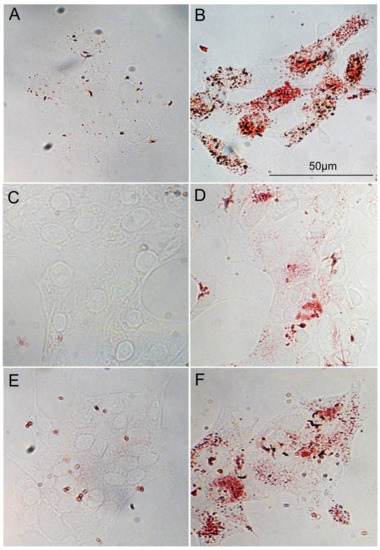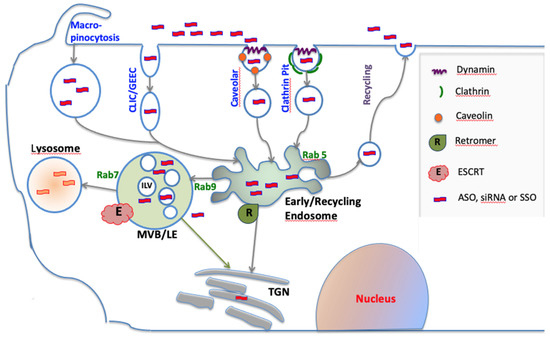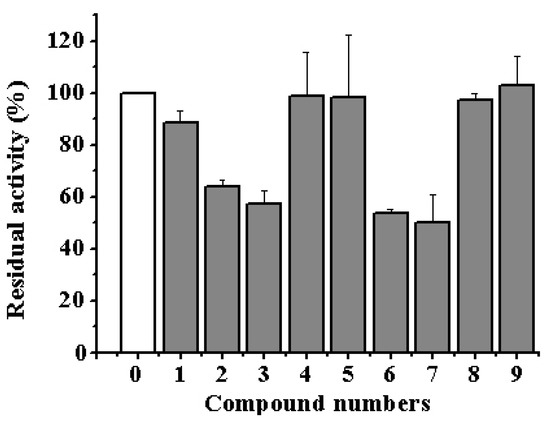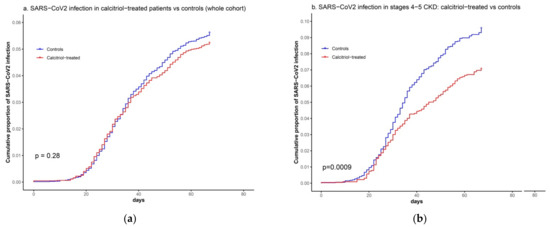1
Servicio de Hematología y Oncología Médica, Hospital Universitario Morales Meseguer, Centro Regional de Hemodonación, Universidad de Murcia, IMIB-Arrixaca, 30003 Murcia, Spain
2
Sección de Biología Molecular, El Área Científica y Técnica de Investigación (ACTI), Universidad de Murcia, 30003 Murcia, Spain
3
Applied Research Using Omic Sciences S.L., 08028 Barcelona, Spain
4
Centro de Investigación Biomédica en Red de Enfermedades Raras, U-765-CIBERER, Instituto de Salud Carlos III (ISCIII), 28029 Madrid, Spain
Biomedicines 2021, 9(5), 523; https://doi.org/10.3390/biomedicines9050523 - 7 May 2021
Cited by 5 | Viewed by 3173
Abstract
Antithrombin, the main physiological inhibitor of the coagulation cascade, exerts anti-tumor effects on glioblastoma multiforme cells. Antithrombin has different conformations: native, heparin-activated, prelatent, latent, and cleaved. The prelatent form has an intermediate affinity between latent and native antithrombin, although it is the most
[...] Read more.
Antithrombin, the main physiological inhibitor of the coagulation cascade, exerts anti-tumor effects on glioblastoma multiforme cells. Antithrombin has different conformations: native, heparin-activated, prelatent, latent, and cleaved. The prelatent form has an intermediate affinity between latent and native antithrombin, although it is the most antiangiogenic form. Herein, we investigate the effect of this conformation on the tumorigenic processes of glioblastoma multiforme cells. Antithrombin forms were purified by chromatography. Chromogenic/fluorogenic assays were carried out to evaluate enteropeptidase and hepsin inhibition, two serine proteases involved in these processes. Wound healing, Matrigel invasion and BrdU incorporation assays were performed to study migration, invasion and proliferation. E-cadherin, Vimentin, VEGFA, pAKT, STAT3, pSTAT3, and pERK1/2 expression was assessed by Western blot and/or qRT-PCR. Prelatent antithrombin inhibited both enteropeptidase and hepsin, although it was less efficient than the native conformation. Exposure to prelatent antithrombin significantly reduced migration and invasion but not proliferation of U-87 MG, being the conformation most efficient on migration. Prelatent antithrombin down-regulated VEGFA, pSTAT3, and pERK1/2 expression in U-87 MG cells. Our work elucidates that prelatent antithrombin has surprisingly versatile anti-tumor properties in U-87 MG glioblastoma multiforme cells. This associates with resistance pathway activation, the decreased expression of tumorigenic proteins, and increased angiogenesis, postulating the existence of a new, formerly unknown receptor with potential therapeutic implications.
Full article
(This article belongs to the Special Issue Cancer Metastasis and Therapeutic Resistance)
▼
Show Figures

